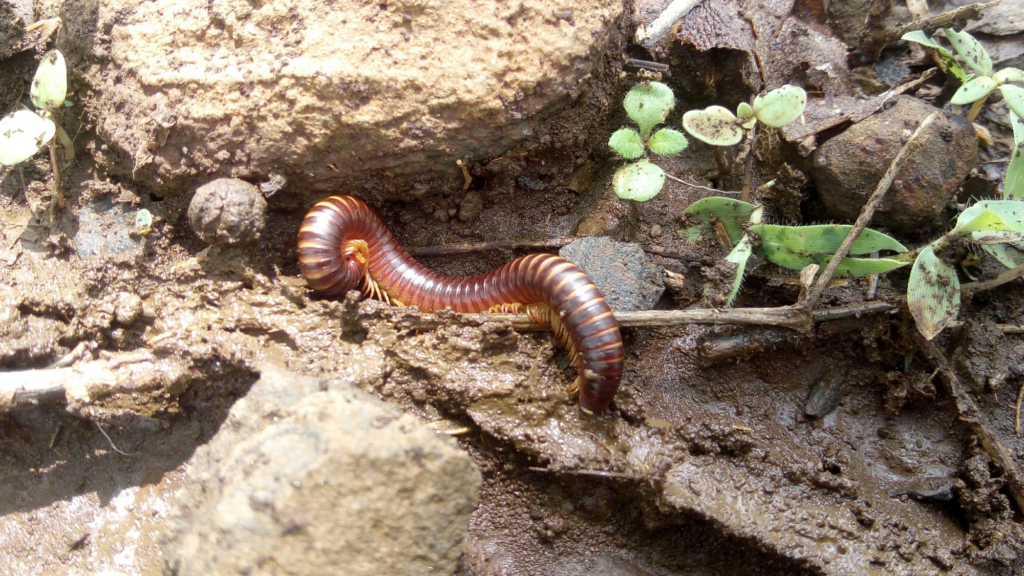Insects
Key Notes :
What Are Insects?

- Insects are small animals that have six legs.
- They belong to a group called arthropods, which have exoskeletons (hard outer coverings).
Body Parts of Insects
Insects have three main body parts: the head, the thorax, and the abdomen.
- Head: Contains the eyes, antennae (feelers), and mouthparts.

- Thorax: Has three pairs of legs and often two pairs of wings.

- Abdomen: Contains the digestive and reproductive organs.

Types of Insects
There are many types of insects, including:
- Butterflies and Moths: Known for their colorful wings.
- Bees and Ants: Important for pollination and living in colonies.
- Beetles: Have hard shells that protect their bodies.
- Grasshoppers and Crickets: Known for their jumping abilities.
Habitat and Adaptation
- Insects can be found in various habitats, including gardens, forests, and rivers.
- They adapt to their environment, like camouflage to hide from predators.
Life Cycle of Insects
- Insects go through a life cycle that includes four stages: egg, larva (caterpillar), pupa (chrysalis or cocoon), and adult.
- Some insects, like butterflies, undergo metamorphosis.
Importance of Insects
Insects play vital roles in ecosystems:
- Pollinators: Bees help plants reproduce by transferring pollen.

- Decomposers: They break down dead plants and animals, returning nutrients to the soil.

- Food Source: Many animals, including birds and reptiles, eat insects.

Fun Facts About Insects
- There are more than a million known species of insects, making them the most diverse group of animals on Earth.
- Some insects, like the dragonfly, can fly at speeds up to 35 miles per hour!
Let’s practice!

